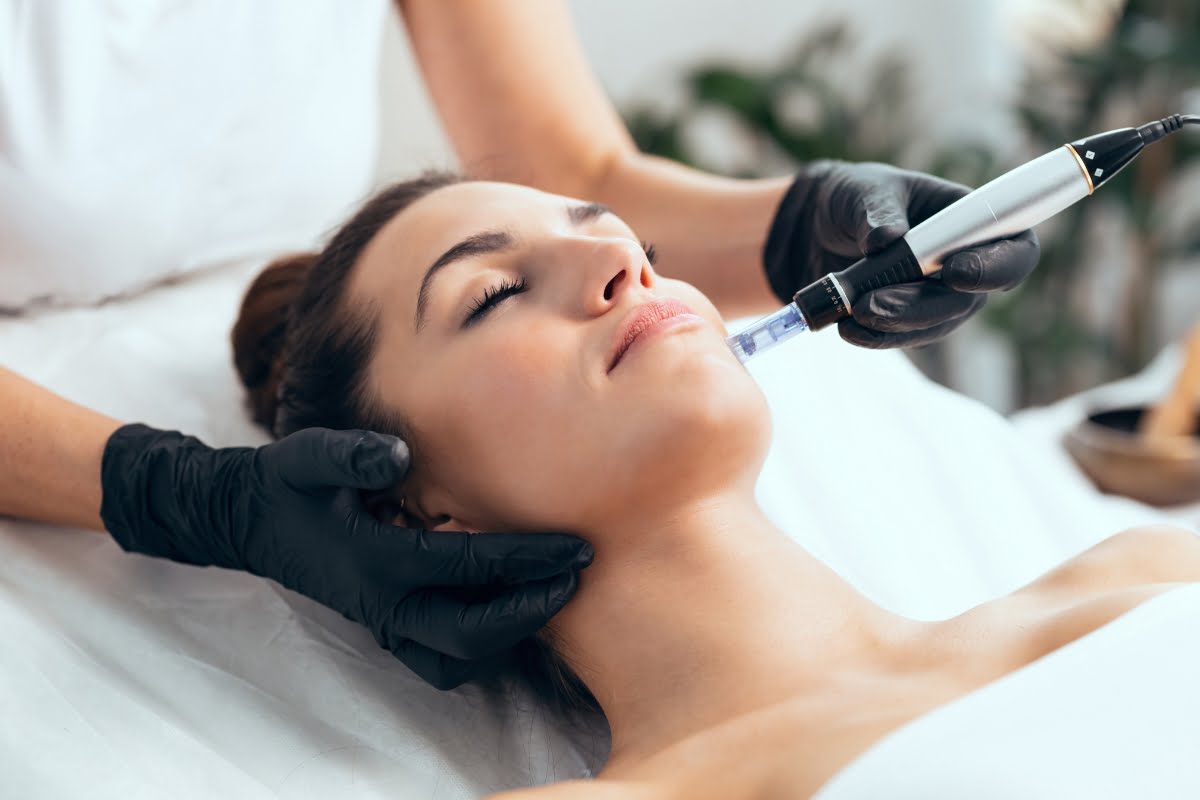Microneedling has become a popular skincare treatment, celebrated for its ability to rejuvenate and revitalize the skin with minimal downtime.
This innovative procedure involves using fine needles to create tiny punctures in the skin, stimulating the body’s natural healing processes and boosting collagen and elastin production. In this guide, we’ll explore numerous microneedling benefits, from reducing the appearance of scars and fine lines to improving skin texture and tone.
Whether you’re dealing with acne scars, aging skin, or simply looking to enhance your complexion’s overall health and glow, microneedling offers a powerful solution. Discover how this treatment can help you achieve revitalized, youthful skin and unlock your skin’s natural potential.
Why Microneedling? Explore the Benefits of Microneedling for Flawless Skin!
Understanding Microneedling: How Does It Work?
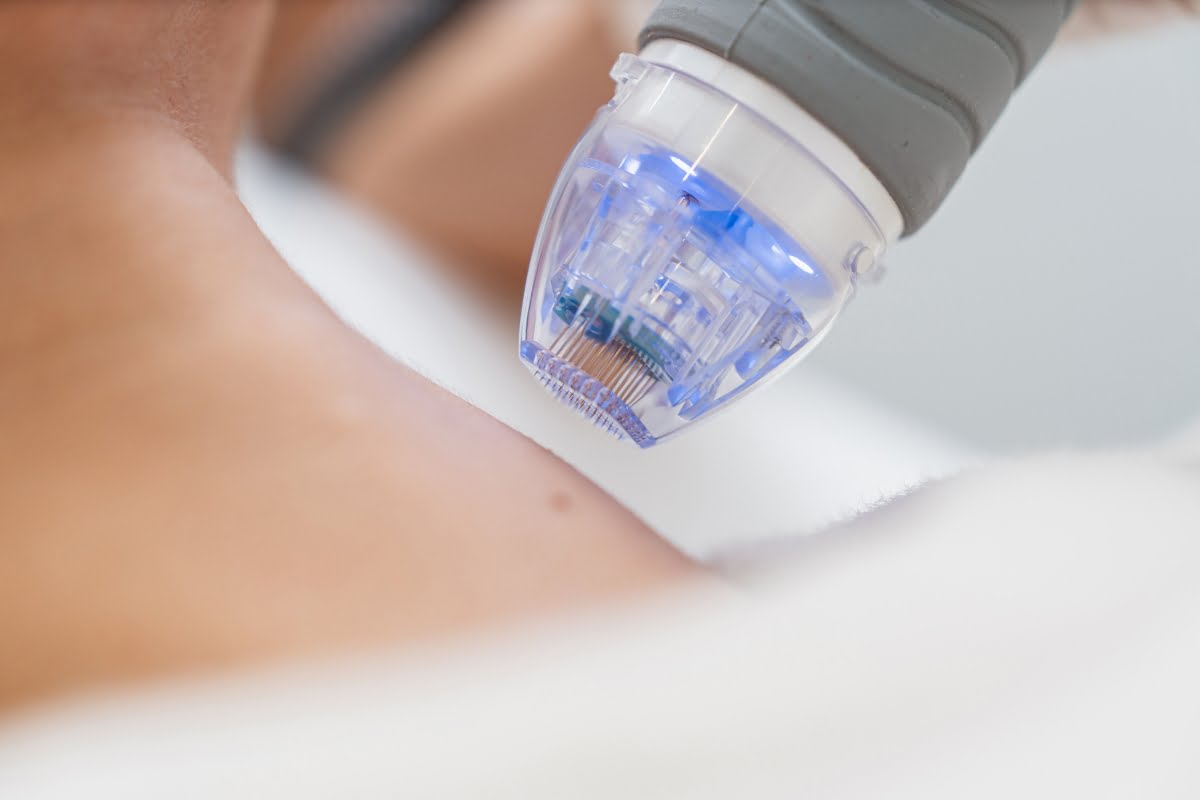
Microneedling is a cosmetic procedure that involves the use of a device with tiny needles to create micro-injuries in the skin. By inducing these tiny injuries, the skin’s inherent healing mechanism is activated, prompting the synthesis of collagen and elastin. Collagen, a structural protein, is responsible for the skin’s firmness, while elastin aids in preserving its elasticity.
During a microneedling session, the esthetician or dermatologist will gently glide the microneedling devices over your skin, creating controlled punctures. These punctures are so small that they are virtually invisible to the naked eye. The procedure is generally well-tolerated and does not require any anesthesia.
As your skin heals from these micro-injuries, it goes into repair mode, producing new collagen and elastin fibers. This increased production of collagen helps to improve the overall texture and tone of your skin. It can also reduce the appearance of fine lines, wrinkles, acne scars, and hyperpigmentation.
The science behind microneedling is based on the concept of controlled injury. By creating these micro-injuries in a controlled manner, microneedling stimulates your body’s natural healing response without causing significant damage to your skin. This makes it a safe and effective treatment for various skin concerns.
The Science Behind Microneedling: Boosting Collagen Production
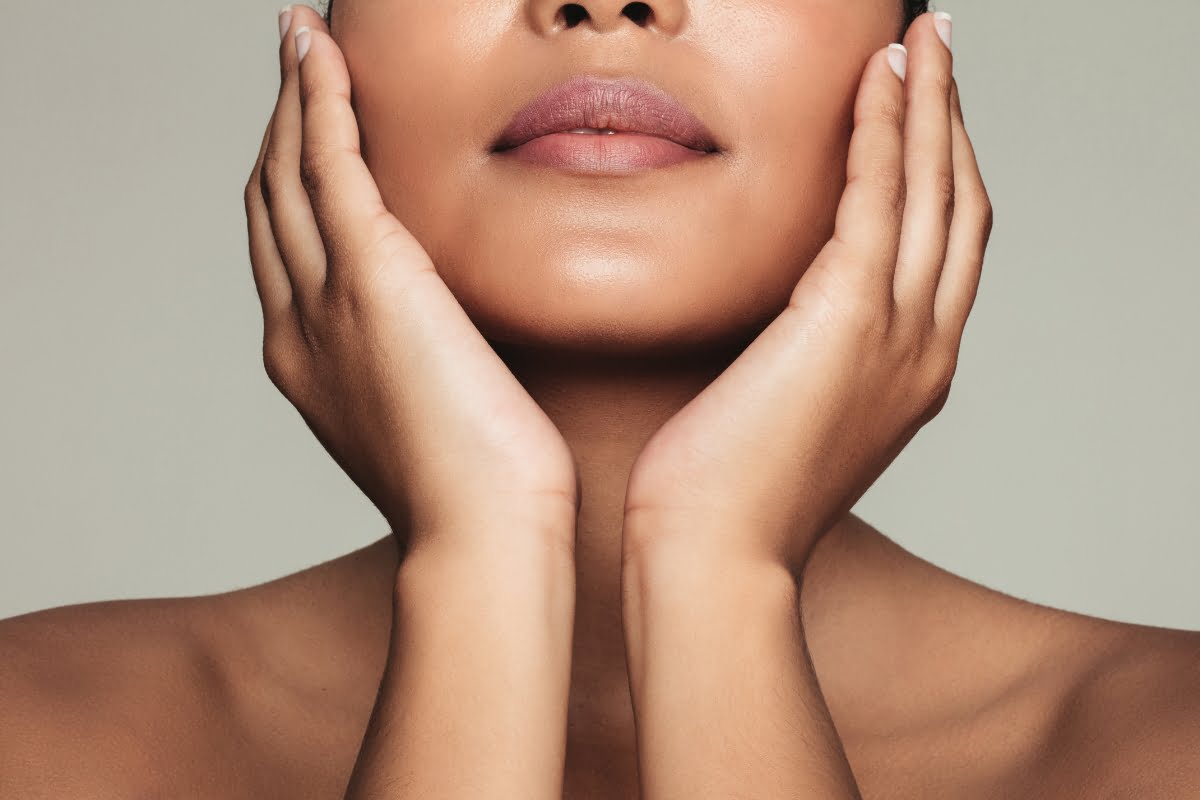
Collagen is an essential protein that provides structure to our skin, giving it strength and elasticity. However, as we age, our collagen production naturally declines, leading to sagging skin and wrinkles. This decline in collagen can be accelerated by factors such as sun exposure, pollution, and lifestyle choices like smoking and poor diet.
Microneedling treatments work by stimulating collagen production in two ways:
Mechanical Stimulation
The tiny needles used during medical skin needling create controlled micro-injuries in the skin. These injuries trigger the body’s natural healing response, which includes an increase in collagen production.
The process begins with inflammation, where platelets are activated to release growth factors that encourage tissue repair. This is followed by proliferation, where new collagen fibers are produced to rebuild the skin’s matrix, ultimately leading to a firmer and smoother texture.
The new collagen fibers help to plump up the skin, reduce the appearance of fine lines and wrinkles, and improve overall skin tone and texture.
Growth Factors and Enhanced Absorption
Microneedling products also enhances the absorption of skincare products by creating micro-channels in the skin.
This allows for better penetration of active ingredients, such as growth factors, peptides, and antioxidants. These ingredients further stimulate collagen production and promote skin rejuvenation.
When applied post-treatment, these compounds can reach deeper layers of the skin, maximizing their effectiveness and contributing to a more youthful appearance. Growth factors, in particular, play a crucial role in cell regeneration and wound healing, boosting collagen synthesis and accelerating tissue repair.
The combination of mechanical stimulation and enhanced product absorption makes microneedling a powerful tool for boosting collagen production and improving the overall health and appearance of your skin.
Additionally, microneedling can be used to treat a variety of skin concerns, including acne scars, stretch marks, hyperpigmentation, and enlarged pores. This versatility, coupled with its minimally invasive nature, makes microneedling an attractive option for those seeking a non-surgical solution to aging skin.
Recent studies have shown that microneedling not only stimulates collagen production but also promotes the production of elastin, another critical protein that keeps the skin flexible and resilient.
The combined effect of increased collagen and elastin can lead to a significant improvement in skin firmness and elasticity, providing long-lasting results.
Moreover, microneedling is suitable for all skin types and tones, making it a versatile treatment option. Unlike some laser treatments, it carries a lower risk of hyperpigmentation, which is particularly beneficial for individuals with darker skin tones.
Microneedling Benefits for Acne Scars and Hyperpigmentation
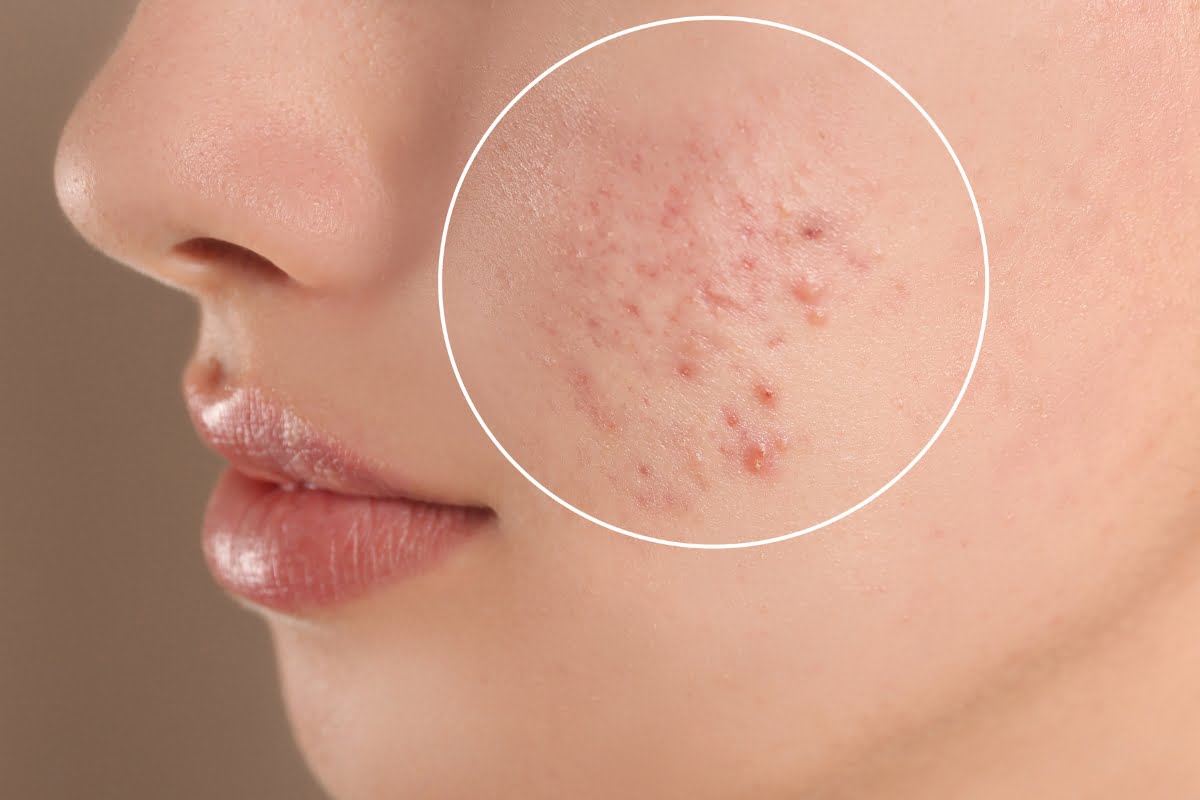
Microneedling is particularly effective in reducing the appearance of acne scars and hyperpigmentation. Acne scars can be a source of frustration and self-consciousness for many individuals, but microneedling offers a solution that can significantly improve their appearance.
When performed on acne scars, microneedling helps break down scar tissue and stimulate the production of new collagen fibers. This process helps to fill in depressed scars, making them less noticeable over time. Additionally, microneedling can improve hyperpigmentation by promoting cell turnover and reducing melanin production.
The benefits of microneedling for acne scars and hyperpigmentation are not limited to just the face. This treatment can be performed on various parts of the body where scarring or hyperpigmentation is present, such as the back or chest.
Benefits of Microneedling vs. Other Skin Treatments: A Comparison

When it comes to rejuvenating your skin, there are numerous treatment options available. However, microneedling stands out for its effectiveness and versatility.
Compared to more invasive procedures like laser resurfacing or chemical peels, microneedling has a shorter downtime and fewer side effects. While these procedures can deliver impressive results, they often require a longer recovery period and carry a higher risk of complications, such as redness, swelling, and, in some cases, hyperpigmentation, especially for individuals with darker skin tones.
Microneedling is also suitable for all skin types and can be performed on various areas of the body. This makes it a versatile treatment option for individuals looking to address multiple skin concerns, such as fine lines, wrinkles, acne scars, hyperpigmentation, and even stretch marks. Furthermore, microneedling is less likely to disrupt the skin’s pigmentation, making it a safer option for those concerned about post-inflammatory hyperpigmentation.
Additionally, microneedling can be combined with other treatments to enhance their effectiveness. For example, combining microneedling with platelet-rich plasma (PRP) therapy can further stimulate collagen production and accelerate the healing process. PRP, derived from your own blood, is rich in growth factors and works synergistically with microneedling to rejuvenate the skin at a cellular level.
Another advantage of microneedling over other treatments is its affordability. While treatments like laser therapy can be costly, the microneedling cost offers a more budget-friendly option without compromising results.
Preparing for Your Microneedling Session: What to Expect

Prior to your microneedling session, it’s important to prepare your skin to ensure optimal results. Here are some steps you can take:
- Cleanse your skin: Start by thoroughly cleansing your face using a gentle cleanser. This will remove any dirt or makeup that could interfere with the procedure. Avoid using harsh cleansers or scrubs, as they may irritate your skin and make it more sensitive to the microneedling process.
- Avoid sun exposure: It’s crucial to protect your skin from excessive sun exposure in the days leading up to your treatment. Sunburned or tanned skin is more prone to complications during microneedling. Use a broad-spectrum sunscreen with at least SPF 30 and wear protective clothing when outdoors.
- Avoid certain skincare products: In the week before your session, avoid using retinol creams or exfoliating products that may increase skin sensitivity. These can cause irritation and potentially exacerbate the skin’s reaction to microneedling.
- Stay hydrated: Drink plenty of water in the days leading up to your treatment. Hydrated skin tends to heal better and is more receptive to the benefits of microneedling. Eating a balanced diet rich in vitamins and antioxidants can also support skin health and recovery.
During your microneedling session, your esthetician or dermatologist will apply a numbing cream to minimize any discomfort. They will then gently glide the microneedling device over your skin, focusing on the areas of concern. The procedure typically takes around 30 minutes to an hour, depending on the size of the treatment area.
Post-Treatment Care: Maximizing Results and Minimizing Downtime

The key to maximizing the results of your microneedling treatment lies in proper post-treatment care. Here are some tips to help you achieve optimal outcomes:
- Avoid direct sun exposure: Protect your skin from excessive sun exposure for at least a week after your treatment. Apply sunscreen with a high SPF and wear protective clothing when outdoors. This will help prevent hyperpigmentation and support the healing process. Reapply sunscreen every two hours if you are spending extended periods outdoors.
- Avoid harsh skincare products: In the days following your treatment, avoid using products that contain harsh ingredients or exfoliants, such as retinoids, alpha hydroxy acids (AHAs), and beta hydroxy acids (BHAs). Stick to gentle cleansers, moisturizers, and sunscreen. Look for products containing soothing ingredients like hyaluronic acid, aloe vera, and chamomile to calm and hydrate the skin.
- Stay hydrated: Drink plenty of water to keep your skin hydrated and promote healing. Proper hydration aids in the regeneration of skin cells and supports the overall recovery process.
- Avoid picking or scratching: It’s important not to pick at any scabs or flaking skin that may occur after microneedling. Let your skin heal naturally, as picking can lead to scarring and prolong the healing process. Use a mild, non-irritating moisturizer to alleviate any dryness or tightness.
- Follow your provider’s instructions: Your esthetician or dermatologist will provide you with specific post-treatment instructions tailored to your needs. These may include applying a specific serum or cream that enhances the effects of the microneedling. Follow these instructions carefully to ensure optimal results and minimize downtime.
Additionally, it may be beneficial to schedule follow-up appointments as recommended by your provider to assess progress and determine if additional treatments are needed. Proper post-treatment care can significantly enhance the benefits of microneedling, leaving you with smoother, more youthful skin.
Microneedling for Different Skin Types: Customizing the Treatment
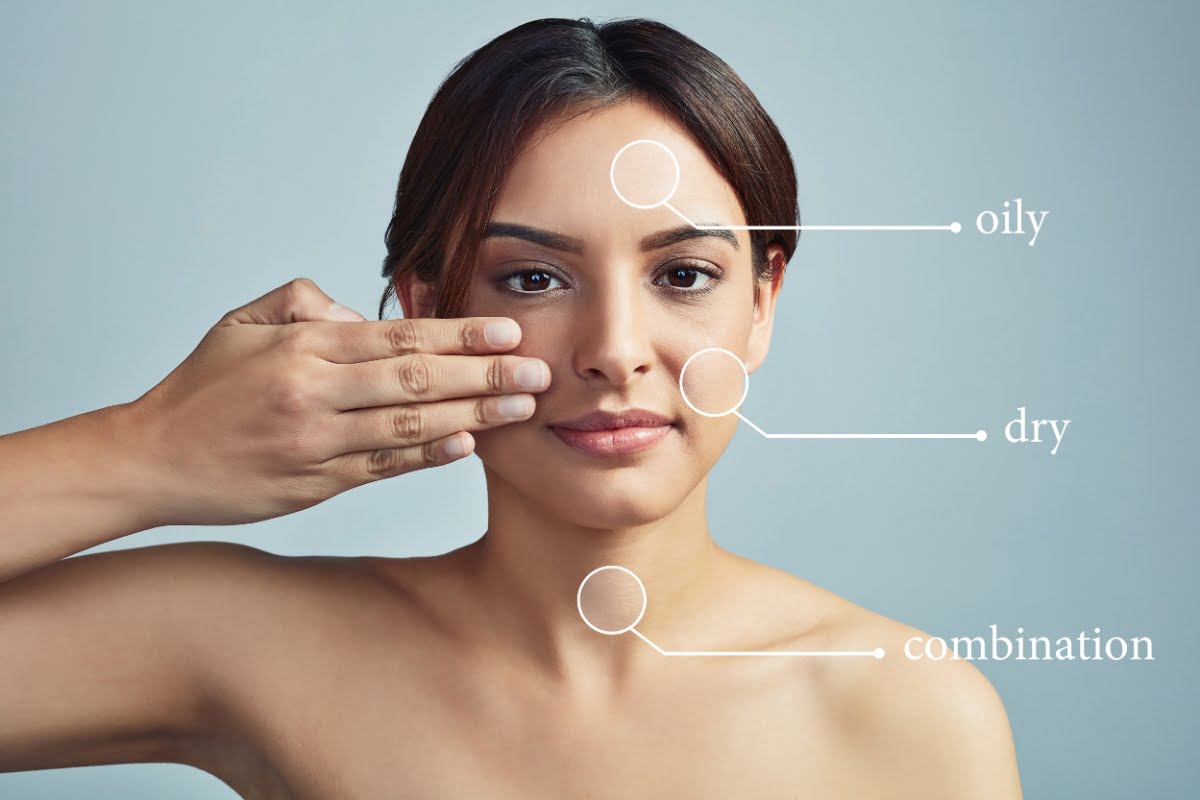
One of the advantages of microneedling is its ability to be customized to different skin types and concerns. Whether you have oily, dry, sensitive, or combination skin, microneedling can be tailored to address your specific needs.
For individuals with sensitive skin, a shorter needle length may be used to minimize discomfort and reduce the risk of irritation. This allows for a gentler treatment that still promotes collagen production without compromising skin integrity. Additionally, the use of calming serums and soothing post-treatment care products can help prevent excessive redness and inflammation.
Those with oily or acne-prone skin may benefit from additional treatments targeting acne scars or blemishes. In such cases, microneedling can help regulate sebum production and improve the appearance of pores. The treatment can also enhance the penetration of acne-fighting products, maximizing their effectiveness.
People with dry skin might experience improved hydration and skin texture through microneedling, as it boosts collagen and encourages better absorption of moisturizing serums. For those with combination skin, microneedling can balance the skin’s overall condition by addressing specific concerns in different facial areas.
Your esthetician or dermatologist will assess your skin type and concerns during the initial consultation and recommend the most appropriate treatment plan for you. They will also discuss any potential risks or contraindications based on your medical history. Customizing microneedling to your unique skin type ensures optimal results, providing a radiant and rejuvenated complexion tailored to your individual needs.
Debunking Myths and Misconceptions About Microneedling
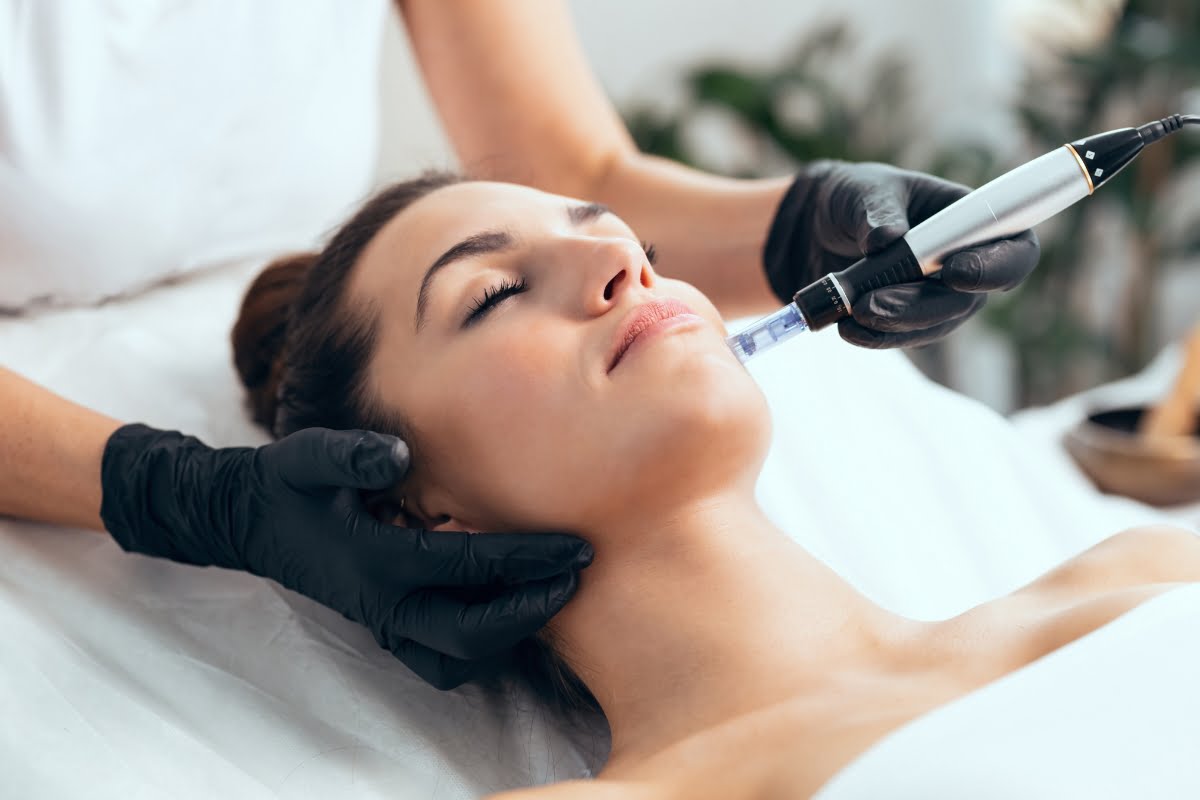
As with any popular treatment, there are bound to be myths and misconceptions surrounding microneedling. Let’s debunk some of the common ones:
Myth 1: Microneedling is Painful
While microneedling involves creating micro-injuries in the skin, it is generally well-tolerated by most individuals. Numbing creams are applied before the procedure to minimize any discomfort, making the process relatively painless.
Many patients describe the sensation as a slight tingling or mild pressure. The use of advanced, precision-engineered devices also ensures that the treatment is as gentle and comfortable as possible, further reducing any potential pain.
Myth 2: Microneedling Causes Scarring
When performed by a trained professional using sterile equipment, microneedling is a safe procedure that carries minimal risk of scarring. In fact, it can help improve the appearance of existing scars by promoting collagen and elastin production, which smooths and refines the skin’s texture.
The controlled micro-injuries trigger the body’s natural healing process, effectively remodeling scar tissue and leading to a healthier skin appearance over time.
Myth 3: Microneedling is Only for Facial Rejuvenation
While facial rejuvenation is one of the most common uses for microneedling, it can also be performed on other parts of the body, such as the neck, chest, or hands.
It is a versatile treatment that can address a variety of concerns, including stretch marks, scars, and uneven skin texture in areas prone to skin damage or aging. This adaptability makes microneedling a valuable tool in a holistic skin care regimen that targets multiple body areas, improving overall skin quality and appearance.
Myth 4: Microneedling is Only for Mature Skin
Microneedling can benefit individuals of all ages. It can help improve the appearance of fine lines and wrinkles in mature skin, as well as address acne scars and hyperpigmentation in younger individuals.
Younger patients often seek microneedling for its ability to improve skin tone, reduce pore size, and prevent early signs of aging, while older individuals appreciate its rejuvenating effects. This wide-ranging applicability makes it suitable for anyone looking to enhance their skin’s overall health and aesthetics.
Myth 5: Microneedling Results are Immediate
While you may notice some immediate improvements in your skin’s texture and tone after a microneedling session, the full benefits become more apparent over time as microneedling collagen production increases. It typically takes several weeks for collagen to fully rebuild, and most patients require multiple sessions to achieve optimal results.
Improvements continue for months as the skin naturally regenerates, leading to long-lasting benefits. Patience is key, as consistent treatments lead to more significant and lasting changes in skin quality.
Long-Term Effects of Microneedling: Sustaining Youthful Skin
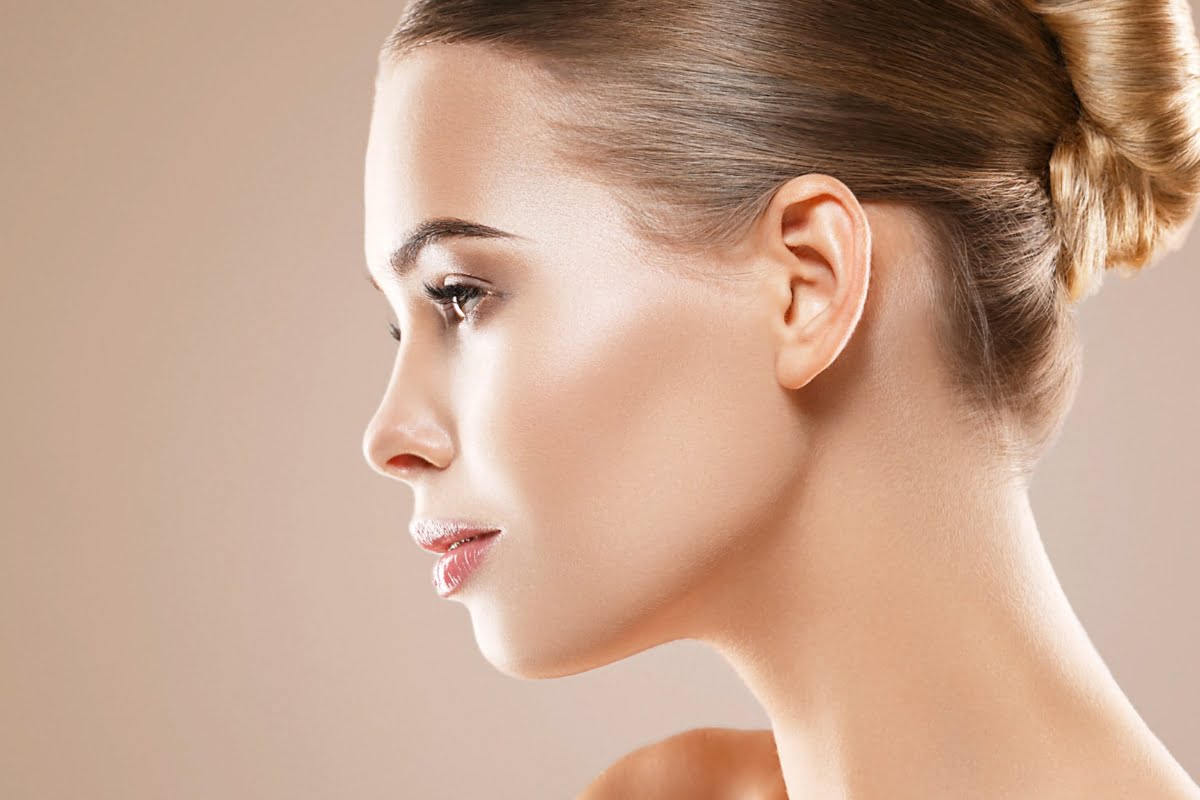
Microneedling offers both short-term and long-term benefits for your skin. In the short term, you can expect improved texture, reduced fine lines and wrinkles, and a more even complexion. However, it’s the long-term effects that truly make microneedling a transformative treatment.
By stimulating collagen production and enhancing cellular turnover, microneedling helps to sustain youthful-looking skin over time. Collagen and elastin are essential proteins that maintain the skin’s firmness, elasticity, and overall appearance.
As we age, the natural production of these proteins declines, leading to sagging, wrinkles, and uneven skin tone. Microneedling combats this by inducing a natural wound-healing response, prompting the skin to generate more collagen and elastin.
Regular treatments can help prevent further signs of aging and maintain a healthy glow. With consistent microneedling sessions, the cumulative effects become more pronounced, resulting in a significant reduction in the appearance of age-related skin issues such as crow’s feet, nasolabial folds, and age spots. Over time, the skin’s surface becomes smoother, more resilient, and youthful-looking.
Furthermore, microneedling has been shown to improve the skin’s barrier function, leading to better hydration and protection against environmental stressors. This enhancement helps the skin retain moisture more effectively, contributing to a plumper, more radiant complexion. It also aids in the reduction of acne scars and hyperpigmentation, with continued improvements over successive treatments, leading to clearer and more uniform skin tone.
It’s important to note that individual results may vary depending on factors such as age, overall health, and lifestyle habits. For instance, patients who maintain a healthy lifestyle, including a balanced diet, regular exercise, and proper skincare, may experience more pronounced and lasting benefits. Conversely, those with chronic health conditions or who engage in smoking or excessive sun exposure may require additional treatments to achieve desired outcomes.
In addition to its aesthetic benefits, microneedling can enhance the efficacy of skincare products by increasing their absorption. The micro-channels created during the procedure allow active ingredients to penetrate deeper into the skin, making treatments more effective. This synergistic effect means that incorporating microneedling into a comprehensive skincare routine can amplify the benefits of topical treatments such as serums, creams, and anti-aging products.
Conclusion: Embracing the Transformative Power of Microneedling
Microneedling has revolutionized the way we approach skincare by offering a safe and effective treatment option for various skin concerns. Whether you’re looking to reduce acne scars, minimize hyperpigmentation, or simply improve your overall complexion, microneedling benefits are undeniable.
Unlock the secret to revitalized skin with the transformative benefits of microneedling. Whether you’re looking to reduce fine lines, improve skin texture, or enhance your complexion, microneedling can help you achieve your skincare goals. For personalized treatments and expert care, choose Skin Suite Medspa. Contact us today at (770) 802-8900 or book an appointment to discover how microneedling can rejuvenate your skin.

